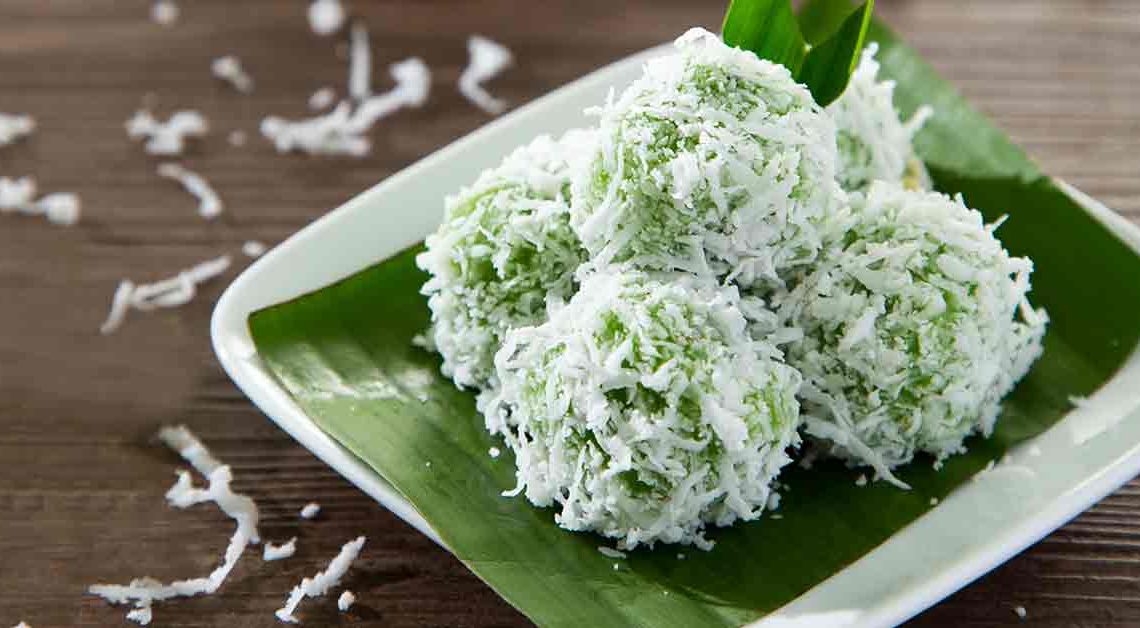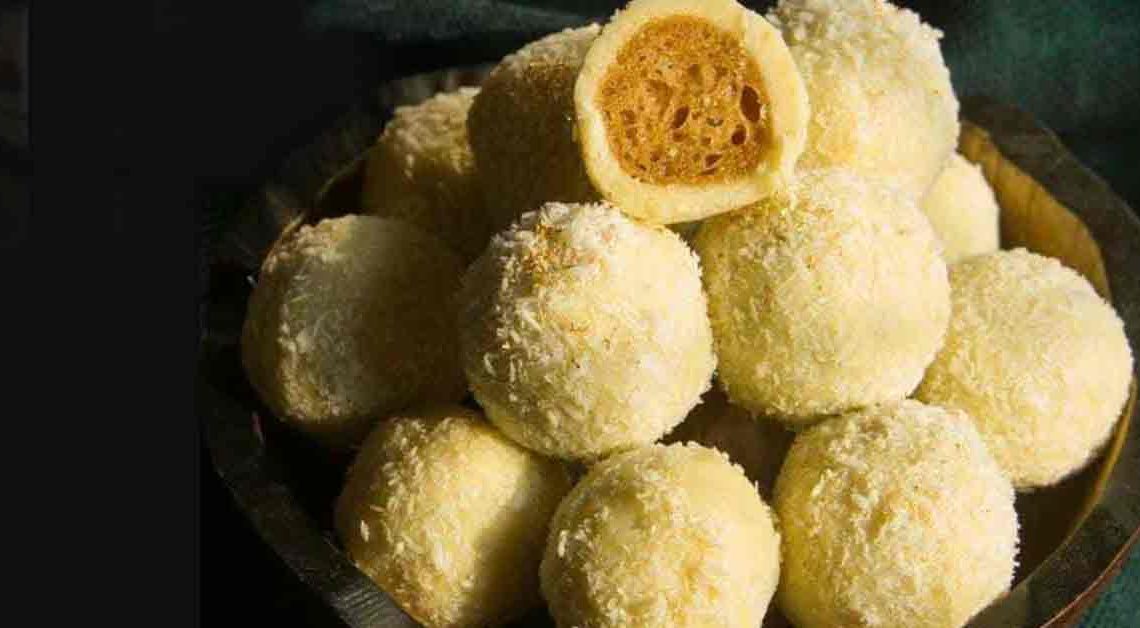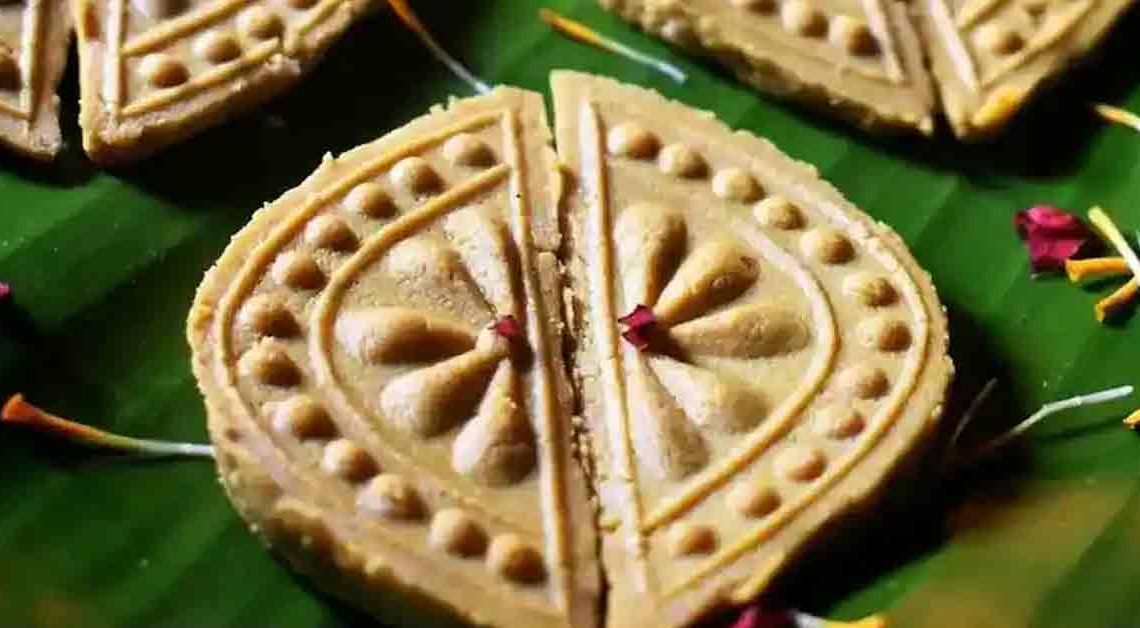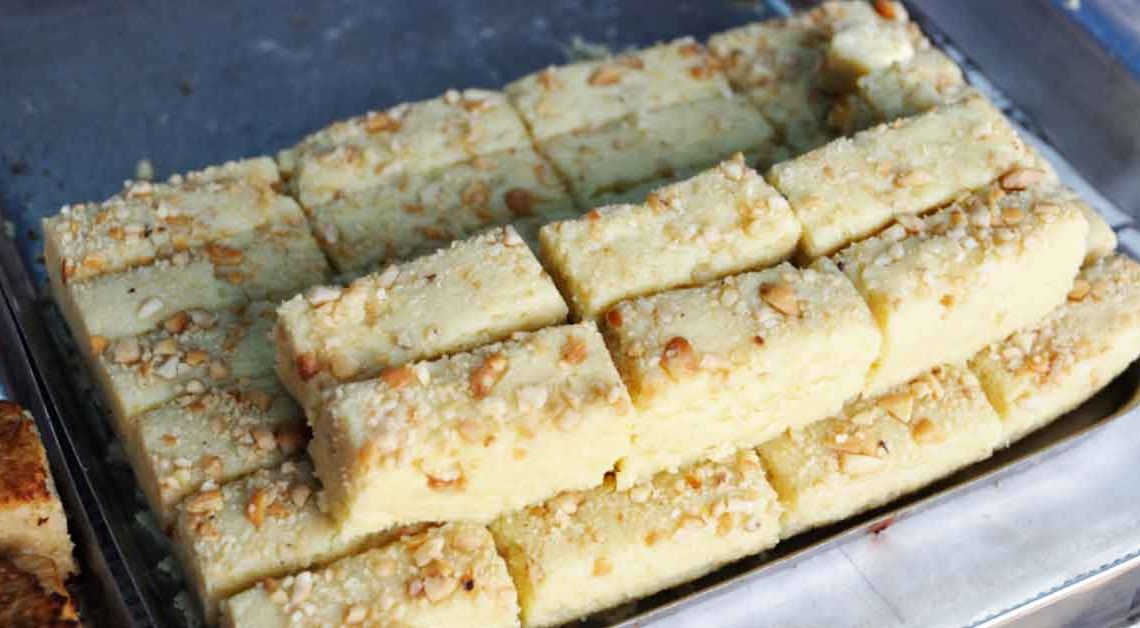Divine Confluence: The Story Behind Paan Coconut Ladoo

Welcome to a culinary journey infused with tradition and innovation on Mithainama! In the world of delectable treats, we’re diving into a delightful concoction that merges the essence of paan leaves with the richness of coconut in a heavenly creation: Paan Coconut Ladoo.
Imagine the invigorating zest of paan leaves dancing in harmony with the creamy sweetness of coconut, crafting a bite-sized marvel that tantalizes the taste buds and awakens the senses. This fusion encapsulates the vibrant spirit of Indian flavors, where tradition meets creativity.
In this enchanting culinary exploration, we’ll unveil the secrets behind this exotic delight. From the origins rooted in cultural significance to the modern twists that elevate its taste, join us as we uncover the mesmerizing blend of ingredients and techniques that make the Paan Coconut Ladoo a true culinary gem.
Get ready to embark on a mouthwatering escapade that celebrates tradition, innovation, and the irresistible allure of Paan Coconut Ladoo!
Origin of Paan Coconut Ladoo
It is a delightful fusion treat that brings together two culturally significant elements: the paan leaf and coconut. Its origin can be traced back to the rich culinary heritage of India, where both paan and coconut hold symbolic importance.
Paan, a preparation combining betel leaves with various aromatic fillings, has been a part of Indian tradition for centuries. It’s often enjoyed as a palate cleanser or digestive aid after meals. The betel leaf is adorned with ingredients like areca nut, spices, and sometimes sweeteners, showcasing regional variations across the country.
Coconut, revered for its versatility and nutritional value, holds a special place in Indian cuisine. It’s used in various forms—grated, milk, oil, and more—in both sweet and savory dishes, adding a unique texture and flavor to culinary creations.
The idea of merging these two distinct elements—paan and coconut—into a single delectable treat likely emerged from the desire to innovate and blend diverse flavors. The combination provides a harmonious contrast between the refreshing, slightly bitter notes of the paan leaf and the sweet, creamy taste of coconut.
History of Paan Coconut Ladoo
The roots can be traced back to the diverse culinary landscape of India. Both paan and coconut have had long standing significance in Indian traditions. Paan, comprising betel leaves with various fillings, holds historical and cultural importance, often serving as a post-meal digestive or refreshment due to its purported digestive properties. Coconut, revered for its versatility and nutritional benefits, has been a staple ingredient in numerous Indian dishes, providing flavor, texture, and richness to sweets and savories alike.
While specific documentation of its inception might be scarce, the evolution can be attributed to generations of experimentation and creativity in Indian households. Families, chefs, and sweet makers endeavored to merge these distinct elements, crafting a delectable treat that captivates with its harmonious blend of flavors.
Over time, this fusion dessert gained popularity, becoming a sought-after indulgence across various regions of India. Its appeal lies in the balance of the mildly bitter paan leaf with the luscious sweetness of coconut, offering a delightful sensory experience.
Today, it stands as a testament to the culinary ingenuity of blending tradition with innovation, serving as a cherished treat that honors the cultural significance of both paan and coconut in the diverse tapestry of Indian cuisine.
Cultural Significance
The Paan Coconut Ladoo holds cultural significance rooted in the amalgamation of two iconic elements in Indian tradition: paan and coconut. Both components carry symbolic and cultural importance, making a unique embodiment of cultural heritage in culinary form.
Paan, crafted from betel leaves combined with various aromatic fillings, has historical and social significance across India. Traditionally offered as a sign of hospitality or goodwill, paan symbolizes connection, camaraderie, and the sharing of pleasant moments. It’s deeply ingrained in social customs, often used in religious ceremonies, celebrations, and social gatherings.
Coconut, with its multifaceted uses and symbolism, holds a revered place in Indian culture. It’s considered auspicious and is used in religious rituals, weddings, and festivals. The coconut’s significance extends to purity, prosperity, and fertility, making it an integral part of various customs and traditions.
The fusion of paan and coconut encapsulates the essence of these cultural symbols. By merging these elements into a delectable sweet, it pays homage to traditions while offering a modern twist on classic flavors.
Where is Paan Coconut Ladoo Famous?
It has gained popularity across India, becoming a sought-after and beloved treat in various regions of the country. Its fame extends to places where both paan and coconut are cherished elements of local cuisine and culture.
States like Gujarat, Maharashtra, Rajasthan, and Uttar Pradesh are known for their rich culinary heritage and have been embraced as a delightful confection. In these regions, the fusion of traditional flavors with innovative twists is appreciated, contributing to the widespread recognition of this delectable sweet.
In cities like Mumbai, known for its diverse street food culture, you can often find it being sold in sweet shops, confectioneries, and even as part of festival or celebration offerings. Its popularity is evident in the bustling markets and food stalls where locals and tourists alike indulge in this unique treat.
Interesting Facts and Trivia
Certainly! Here are some intriguing facts and trivia related to Paan Coconut Ladoo:
- It is an ingenious fusion of flavors, blending the refreshing taste of paan leaves with the sweetness of coconut. This innovative combination showcases the creativity and adaptability of Indian cuisine.
- The dessert draws inspiration from traditional Indian sweets while incorporating the distinct flavors of paan. Its creation involves blending grated coconut, condensed milk, and other ingredients, shaped into bite-sized spheres, and sometimes infused with paan flavors or essence.
- It has become a popular treat during festivals and special occasions in India. It’s often prepared at home or purchased from local sweet shops as part of the festive celebrations, adding a unique touch to the array of traditional sweets.
- Different regions in India may have their own variations of ladoo, incorporating local flavors and ingredients. Some might infuse the ladoos with kaju gulkand paan mithai, mango coconut barfi to enhance the taste.
- Some variations of recipes cater to health-conscious individuals by incorporating healthier substitutes like jaggery instead of sugar or using desiccated coconut for a lighter version.
Did You Know?
Did you know that Paan Coconut Ladoo, besides being a delicious fusion dessert, offers various health benefits when consumed moderately?
- The combination of ingredients in Paan Coconut Ladoo, particularly the betel leaves (paan) and coconut, can aid digestion. Betel leaves are believed to possess digestive properties, while coconut is rich in dietary fiber, promoting healthy digestion and preventing constipation.
- Betel leaves used in some recipes contain antioxidants that help neutralize harmful free radicals in the body, potentially reducing oxidative stress and supporting overall health.
- Coconuts are a source of healthy fats and provide a quick source of energy. When combined with other nutritious ingredients in the ladoo, they offer a delicious energy boost, making it a suitable snack or sweet treat for an energy lift during the day.
- Both coconut and condensed milk used in the preparation of ladoo contain essential nutrients such as vitamins, minerals, and healthy fats. Consuming these ladoos in moderation can provide small amounts of these nutrients.
- Some studies suggest that betel leaves may have mood-enhancing properties. While moderation is key, the consumption of betel leaves in these ladoos might contribute to a sense of well-being and relaxation for some individuals.







